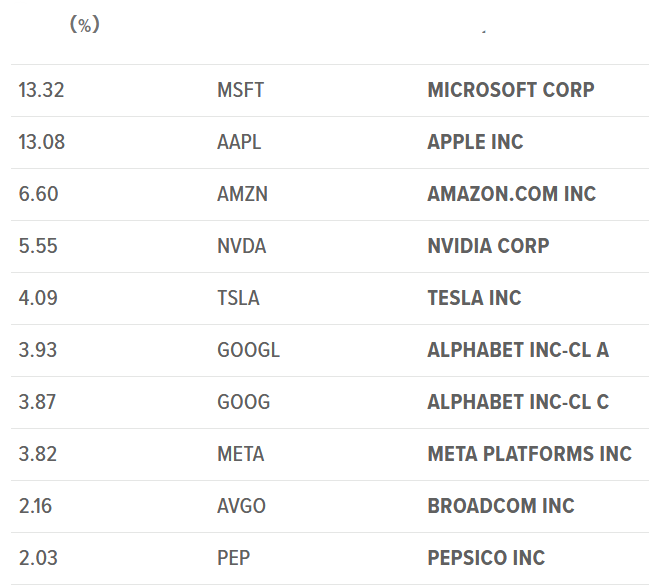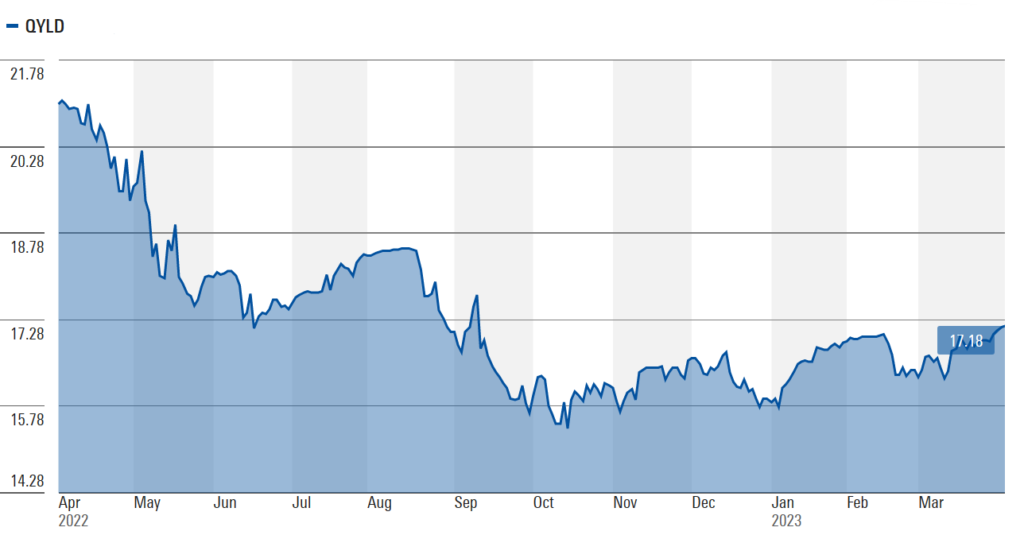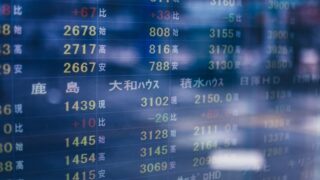Today, I would like to share with you the reasons why you should not buy the high dividend ETF “QYLD” that became popular in 2021, based on my one-year experience of owning and managing it.
At the time of writing this article, QYLD’s yield is more than 10%, making it a highly lucrative ETF. It gained immense popularity among investors who favored a high dividend investing style in 2021, and was selling like hotcakes. I also jumped on the trend and bought it myself.
However, as you may already know, from 2022 onwards, the Federal Reserve Bank (FRB) in the US has implemented interest rate hikes to curb inflation, causing the stock market to plummet significantly.
Against this backdrop of market conditions at the time, I would like to explain the cautionary points I discovered when purchasing QYLD and share my actual results after managing it for one year.
Table of contents
This article is written by someone who:
- Is a Certified Financial Planner (CFP)
- Works in the real estate industry in Japan
- Invests in high-dividend stocks and index funds in Japan and the US
Let’s Review the Basics of QYLD
The mechanism of this ETF is a bit complicated. Here, we will explain it very simply.
On the website of Global X, the management company of this ETF, the overview is explained as follows:
“It aims to generate profits through a covered call strategy by purchasing shares of the NASDAQ-100 index and selling corresponding call options on the same index.”
In other words, this is an ETF that earns option fees by purchasing shares of the NASDAQ-100 index and selling the “right to buy those shares at a predetermined price” to investors.
This means that if the NASDAQ index rises, Global X will have to sell the NASDAQ-100 index shares to the investor who bought the right at a price lower than the market price (a price predetermined in advance). On the other hand, if the NASDAQ index falls, there will be no buyers willing to buy at a higher price than the market price (a price predetermined in advance), and they will only be able to earn option fees.
In other words, they sacrifice the profits of a rising market to earn option fees.
The constituent stocks as of March 2023 posted on the official website are as follows. Since they are NASDAQ index stocks, there are many high-tech companies such as Apple, Microsoft, and Amazon.

Why Did I Buy QYLD?
I had holdings in high dividend ETFs like SPYD and VYM, but I wasn’t satisfied with their 3-4% yields. That’s when QYLD caught my attention with its attractive yield.
Even back then, QYLD had a yield of around 10-11%, which seemed very appealing, so I decided to try it out with a portion of my investment assets and purchased 462 shares worth $10400.
How Much Dividend Did I Receive from QYLD?
At first, I thought it was a fantastic ETF because I was receiving around 10,000 yen per month in dividends, and the impact of the weak yen was significant. The stable dividend income was like anesthesia, easing the pain during market declines.
Here is the dividend payment history, excluding the 10% US local tax:
<Dividend payment history>
| March 3, 2022 | $83 |
| March 30, 2022 | $88 |
| April 27, 2022 | $84 |
| June 2, 2022 | $73 |
| July 1, 2022 | $72 |
| July 27, 2022 | $74 |
| August 31, 2022 | $74 |
| September 28, 2022 | $68 |
| November 2, 2022 | $67 |
| December 1, 2022 | $69 |
| January 10, 2023 | $66 |
| February 1, 2023 | $70 |
| March 2, 2023 | $68 |
| March 30, 2023 | $69 |
| Total | $1,025 |
I purchased 462 shares, equivalent to $10,400. On average, I received about $73 (after tax) per month in dividend income for the investment. However, as you can see from the payment history, the dividend gradually decreased, and this downward trend is likely to continue in the future.
What Was the Total Return on My Investment in QYLD?
The following is a chart of QYLD.

At around one year after the acquisition price of $22.24, it had dropped to $17.18 in March, resulting in a decline of approximately 22%.
The loss would be $2,288 if we calculate it based on the original investment of $10,400 multiplied by the 22% decline.
Considering the total return, the loss of $2,288 from the sale and the dividend income of $1,025 would result in a significant loss of $1,263.
Why I Do Not Recommend Investing in QYLD
The reason why I do not recommend investing in QYLD is primarily because I believe it has a structure that causes losses.
Recently, the NASDAQ market has not been performing well. However, if it was not in a bear market, would it still not experience a decline? Let’s take a look back at the stock price movements dating back to 2013, the date of the ETF’s establishment.

The stock price of QYLD has been on a downward trend for an extended period.
Recall the description at the beginning. The motto of this ETF is “earning option fees at the expense of profits in a rising market.”
In other words, if the losses exceed the option fees received, it will decline even during a market upturn or downturn. In the long run, it is designed to result in losses unless there is an extended period of significant market growth.
If it is difficult to maintain a positive total return, it is wise to invest in healthy high dividend ETFs such as VYM, HDV, SPYD, and so on. Therefore, my advice to those considering purchasing QYLD is “not recommended.”
Conclusion
As the investment guru Warren Buffet famously stated, it is best not to buy something that you do not understand. In the first place, this ETF’s structure is too complex for the average person to comprehend.
Due to its complexity and the abundance of monthly dividend payments, I felt that this ETF is an “invisible pitfall” that is difficult to see.
Thank you for reading this far again!
【Sponsored link】
◆Start Your Stock Investing Journey with the No.1 Online Broker – SBI Securities
◆Open a New Account with the Industry’s Top Performer! Start Trading Stocks with Rakuten Securities










